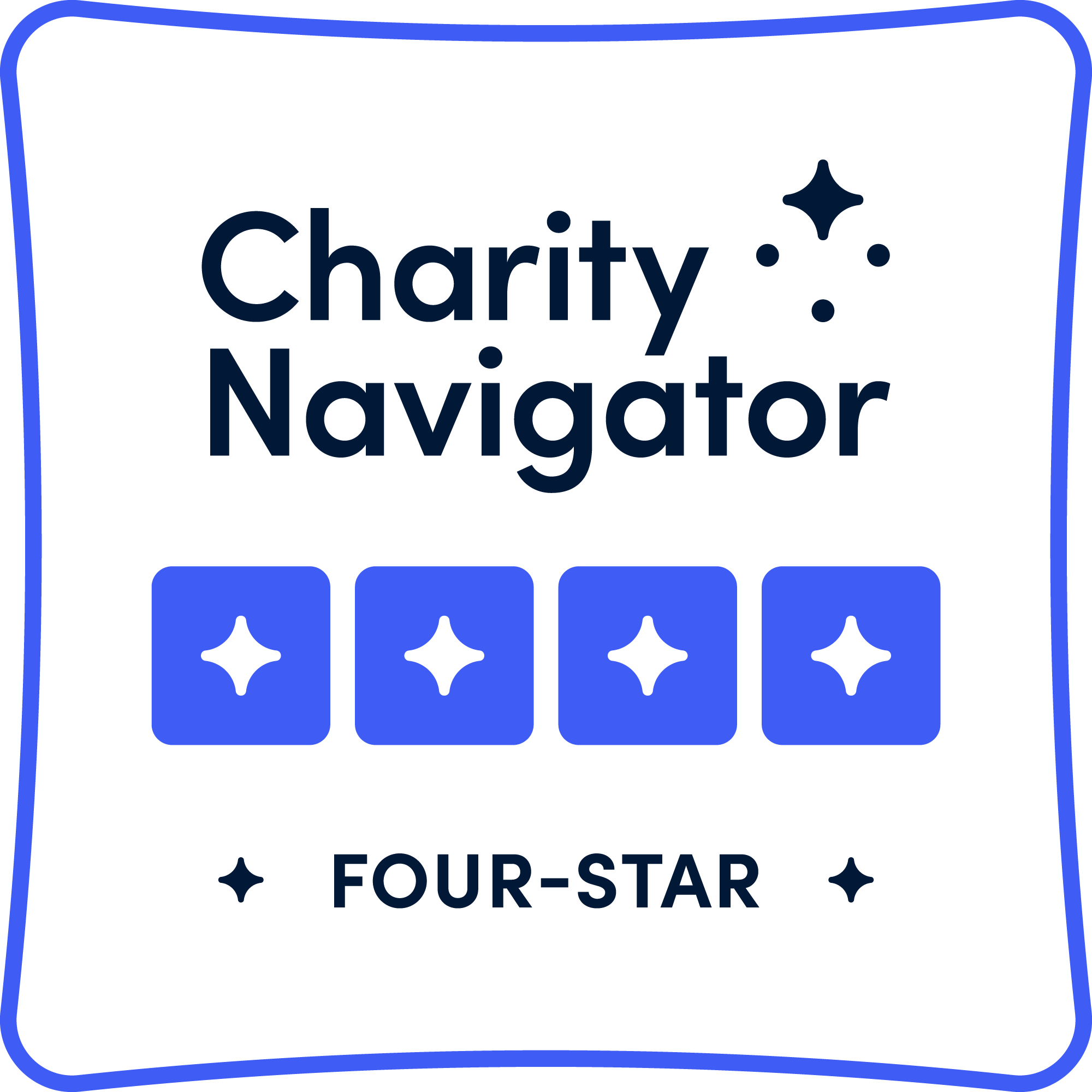18 Years: Statistical Reflections on 9/11, Service, and Sacrifice
As of November 1, 2020, National Veterans Intermediary (NVI) is called the Local Partner Network. Older content may reference our original name.
In a way, the post-9/11 generation of service members and veterans contains three micro-generations, each having had a different experience with joining the military. Some senior military members’ tenure was bookended by service during Vietnam and the Global War on Terror. A greater share joined during peacetime, and were instantly propelled into wartime service by the events of 9/11. Then, starting the day of the attacks (and for years after) recruits joined with a clear memory of 9/11, in many cases, motivated to serve their country because of these attacks on our soil.
This year marks the first opportunity for recruits born after September 11, 2001 to enlist without parental permission. Few if any of these young service members, and the veterans separating now after their first term, have a direct memory of the event that three other generations of Americans call the most significant in their lifetime.
This year also marks the 18th anniversary of the war in Afghanistan, and the 16th of the war in Iraq.
Reflection prompts for you and your collaborative
To approach these dates with reflection and purpose, we’ve curated 18 statistics, facts, and stories about post-9/11 veterans.
For each item, we offer a referral to a study or article for further reading, and a question to help you and your collaborators consider how this knowledge might inform the work you do serving veterans of this era in your community.
1) A 2016 Pew survey of the American public showed that respondents felt that the terrorist attacks on September 11, 2001 were the most important and impactful historic event to occur during their lifetime.
How did your community respond to 9/11? How have attitude and actions changed in the 18 years following 9/11?
2) In fiscal year 2002, which covers the year immediately following the attacks on September 11, 2001, 81,510 people enlisted in the active-duty military, and 72,908 enlisted in the reserves. Only four years later, the Navy Reserve, Air National Guard, and every component of the Army could not fulfill recruiting quotas despite a reduction in required enlistment numbers. Anecdotally, recruiters cite reasons for joining as more benefit-focused with the generation of recruits who do not have a personal connection with 9/11.
How might a service member’s initial reasons for joining the military influence their sense of identity or purpose when they transition back to civilian life?
3) Per this RAND study, 2.77M service members have deployed since 9/11, totaling over 3.1M troop-years over 5.4M deployments.
How might these many and varied deployment experiences affect a veteran’s perception of the community to which they return?
4) A DoD report, shared via Time, said about one-third of recruits from 2012-2013 had a parent who served in the military, and the majority of recruits have a family member who has served.
What impacts might a family feel with two or more generations of post-9/11 veteran in one family?
5) According to census data, the veterans of the post-9/11 generation are the most diverse in our country’s history in terms of race and gender. They’re also very educated, with more than 46% having some college education.
What can your collaborators do to show a diverse population of veterans that they are welcome, celebrated, and have equity in their communities?
6) RAND’s 2015 deployment research, depicted in Forbes by Statista, showed that around 225,000 Army soldiers have had three or more deployments since 9/11.
How can you learn the needs of your community’s most-deployed veterans?
7) From 2001 to 2009, prescriptions written for opioids by military doctors quadrupled (at a rate approximately commensurate with the civilian population). This Pew article highlights that occurrence of Opioid Use Disorder among veterans tripled between 2003 and 2015.
How can you advocate with stakeholders in your local justice system for treatment court options for affected veterans?
How might you work with leaders in the local public health community to consider veterans in their work to combat the opioid crisis generally?
8) A Pew Research Institute study of veterans’ beliefs about the wars in Iraq and Afghanistan showed that the majority of veterans don’t think these wars were worth fighting.
In what ways might this belief impact a veteran’s sense of identity or purpose after transition?
9) In 2011, Pew Social Trends research showed that 44% of post-9/11 veterans found their transition from military to civilian life difficult, compared to 25% of veterans from previous eras. One-third of veterans even reported that there were times that “they felt they didn’t care about anything.”
At what point in transition are your collaborators connecting with veterans? Are there opportunities to outreach and connect before challenges cause the experience to become difficult?
10) The same Pew study highlighted that, while about 90% of Americans say they are proud of the troops, only one quarter report paying close attention to news about the wars, and half report that “the wars have made little difference in their lives.”
Do you observe a civ-mil divide in your community? Do your collaborators have ideas for activities specifically focused on reaching across this gap?
11) Statistics published by RAND show that families served alongside their post-9/11 veterans: the majority of personnel were married during their deployments, and about half were parents at the time of the deployment.
Do the service providers in your collaborative provide outreach and services to veteran spouses and children? How?
12) RAND’s post-9/11 deployment study illustrated that service members with more deployments experienced a lower satisfaction in their marriages.
Is couples’ counseling available to veterans in your community? If so, must the veteran initiate the process, or may a spouse reach out to get started?
13) More veterans than you might realize have a close connection with serious injury and death. In 2015, Pew found that just under half of post-9/11 veterans served with someone who was killed. 62% of combat veterans served with someone who was killed.
What are the ways that veterans in your community can recognize and remember their fallen brothers and sisters?
14) In 2017, a report published by the Institute of Veterans and Military Families and Student Veterans of America noted that 2.9 million post-9/11 veterans pursued higher education following service.
How do you integrate higher education stakeholders in your collaborative work?
15) As of 2018, the VA reported in a profile based on 2016 data that 36% of all post-9/11 veterans have a service-connected disability, whereas 19% of veterans from previous generations have disabilities that are service-connected.
For veterans filing claims, how long does it take to get an appointment with a VSO in your area? Are there women VSOs for those veterans who might find it easier to connect with a woman? Have you taken inventory of community resources that might help veterans achieve optimal wellbeing while they are awaiting adjudication of their VA claims?
16) The same profile showed that post-9/11 veterans are about twice as likely as their civilian counterparts to pursue professions of public service, working federal, state, and local government jobs.
Do your local and state governments have a veterans preference policy and/or veteran hiring initiatives?
17) Further, the VA reported the unemployment rate of post-9/11 veterans nearly halved between 2009 and 2016, while the working-poor rate has barely declined.
Is veteran underemployment an issue in your community? What services are available for an employed veteran seeking to advance his or her career?
18) The numbers in RAND’s deployment research say that National Guard and Reserve service members accounted for 26% of deployments between 2001 and 2015.
What is the transition experience like for National Guard and Reserve service members in your area? How can your collaborative support their transition beyond a post-deployment brief?
These wars, and their enduring nature, have indelibly marked the lives of those who have served since 9/11, and the families who served alongside them. By reflecting on the significance of this anniversary, we hope to remain mindful of not only the challenges, but the strengths and incredible resilience of those who have borne the battle over the past eighteen years.









